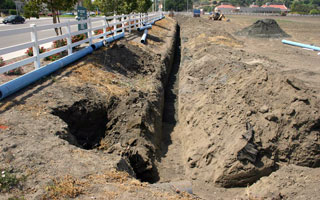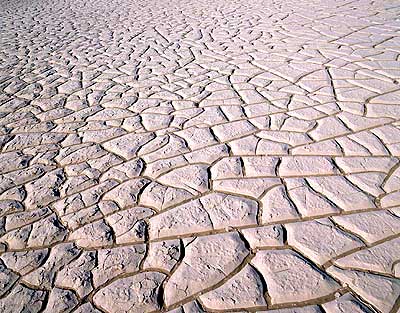Acid rain occurs when sulphur dioxide and nitrogen oxides are emitted into the atmosphere, undergo chemical transformations and are absorbed by water droplets in clouds. The droplets then fall to earth as rain, snow, or sleet.

The major causes of acid rain are the sulphur dioxide and nitrogen oxides produced when fossil fuels such as coal, oil and gas are burned and sulphur dioxide and nitrogen oxides are released into the atmosphere where they can be absorbed by the moisture and become weak sulphuric and nitric acids, sometimes with a pH of around 3.
Read more










